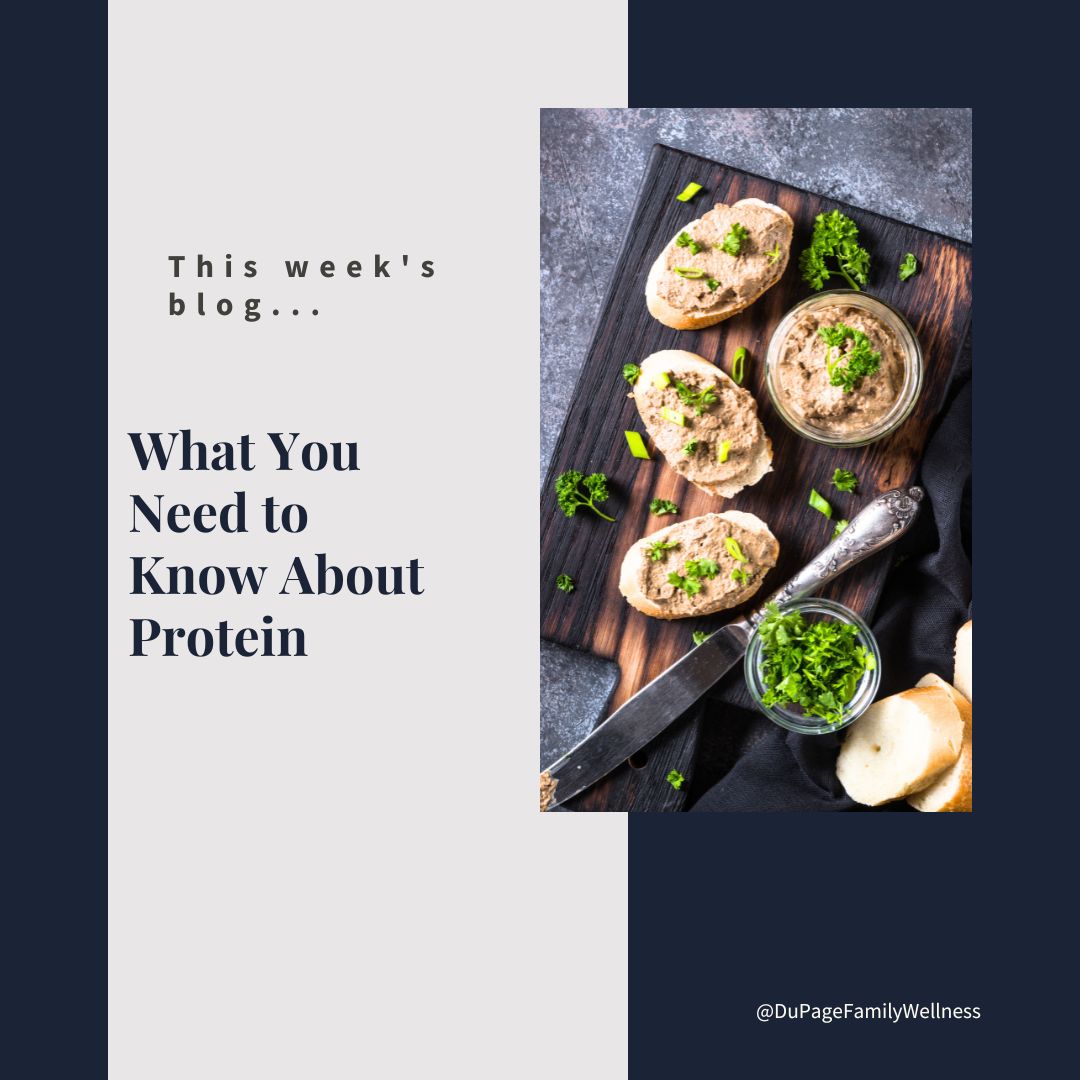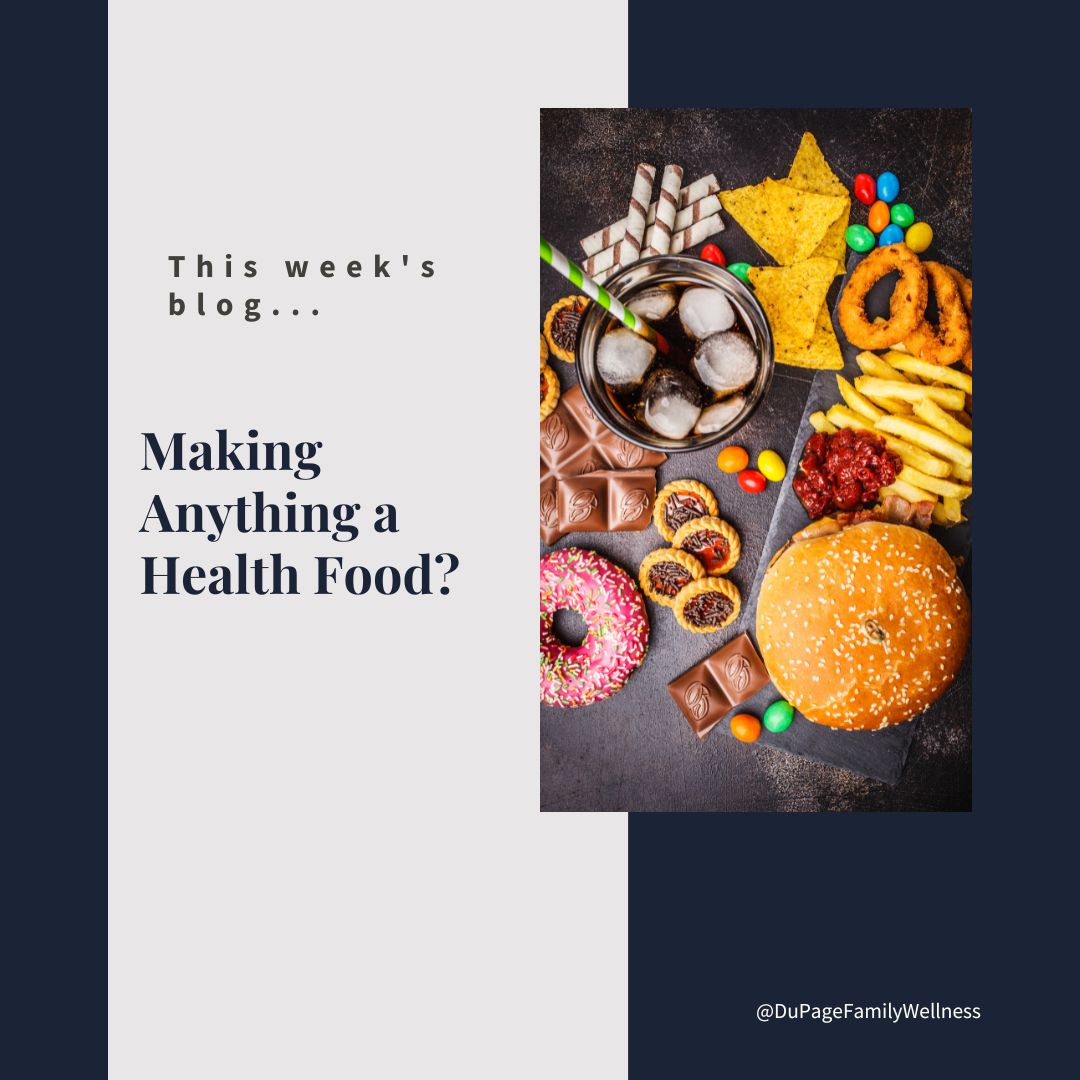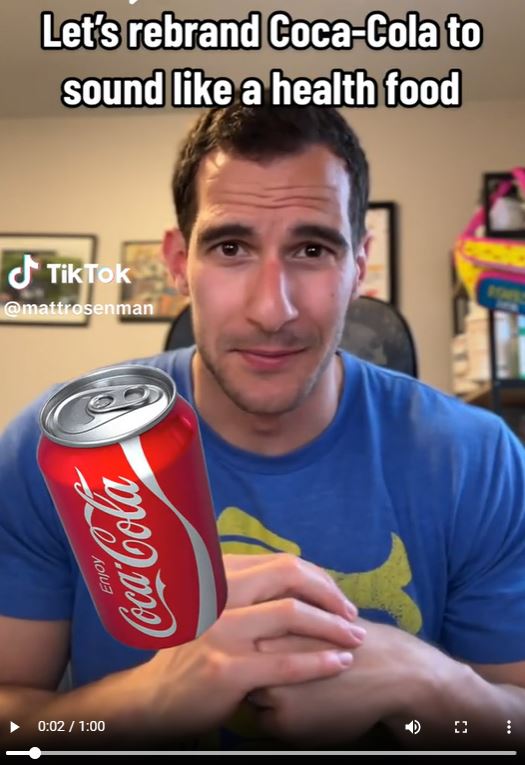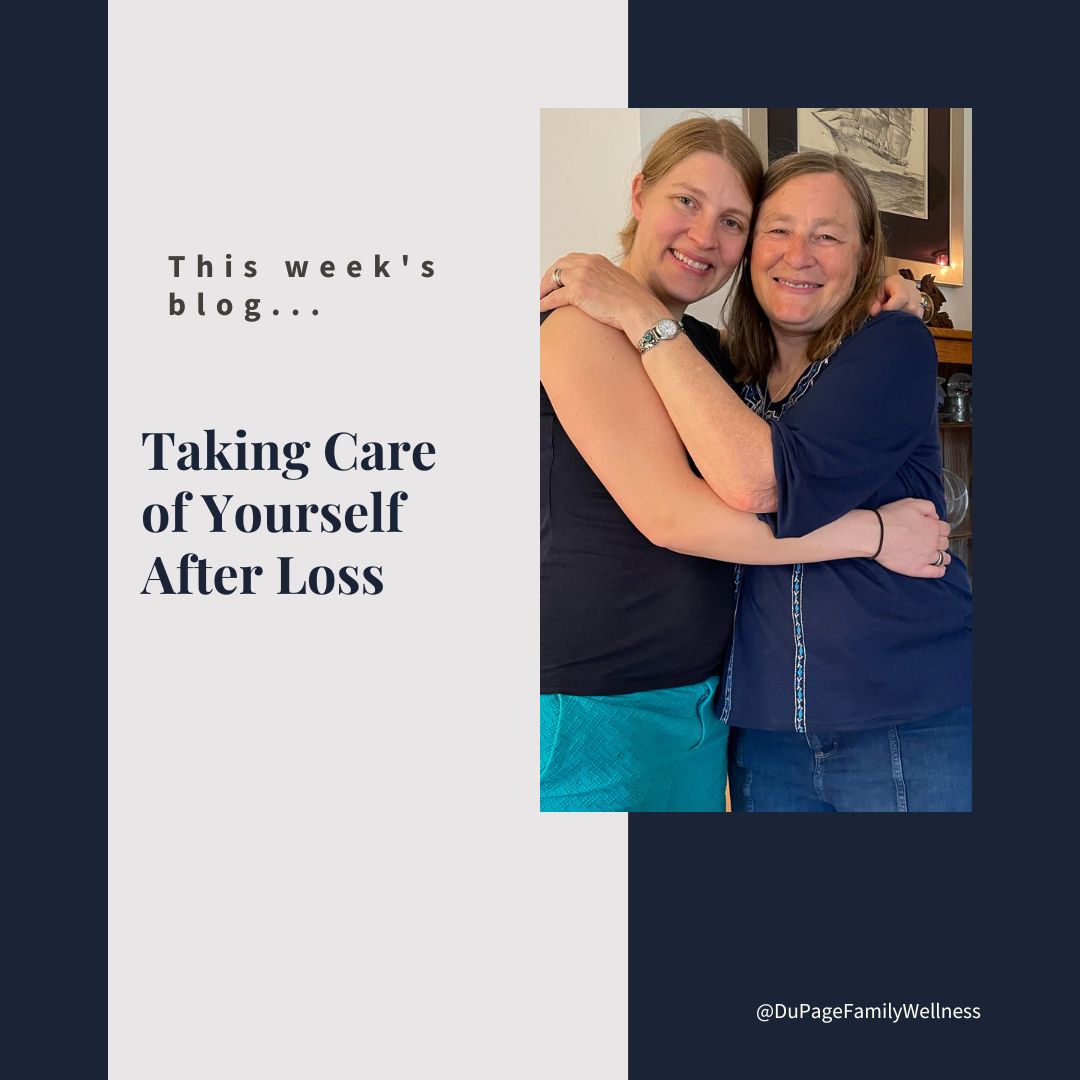
When you feel good physically, it impacts how you feel mentally. Feeling good mentally makes it easier to connect with those you love. Meaningful connections often increase your energy. This energy can help you move your body and be more mindful of what you eat.
Together, these things make you feel better physically. It all feeds into a positive cycle that can lead you toward living a life you love. My goal is to help your body function at its top level so that you feel your best.
You deserve to live a full life without anything holding you back, so call the office at 630-448-2205 or use the online scheduling system to make your appointment today.
Let’s look at what you have to gain and what you have to lose.
Acute Pain
When pain comes on suddenly, it is considered acute pain. It has a specific cause that often can be identified. It may be a fall, lifting something heavy, or rolling your ankle. But it could also be something less extreme like bending to tie your shoes or sleeping funny.
In any circumstance, your body will give us clues as to what it needs. There are different approaches we can take based on what you are experiencing. Most of the time, it will be appropriate to start treatment immediately. Occasionally we will want to run tests to see if a fracture, break, or infection is causing the pain.
Lingering Pain
Nobody wants to experience lingering or chronic pain. You may be able to handle it for a while, but eventually, it takes a toll on you. When it gets to be too much, it can impact every aspect of your life.
Maybe you thought it would go away on its own, so you never sought medical care. Or perhaps you've gone to another doctor, and they didn't relieve the problem. It is discouraging to feel like your pain will be a part of your life forever, but I have alleviated lingering pain for a lot of people. I encourage you not to give up; you deserve to feel better.
Wellness
Chiropractic care is valuable for everyone; you do not need to be in pain to benefit from it. Regular care can help prevent injury and catch muscular-skeletal issues before they become a big problem. It can impact the nervous system bringing the parasympathetic and sympathetic nervous systems into balance. This can get you out of the fight-or-flight state. This is good for digestion, stress, and overall wellness. It can also impact your immune system.
Since the early 1900s, there has been evidence that regular chiropractic care has a positive effect on the immune system. It is believed that regulating your nervous system leads your body to function more efficiently making your immune responses more effective. For more information about the benefits and impact on the immune system, check out "Why Chiropractic Care is So Important."
Whole Body Approach
I treat the human body as a complex system, not just individual parts. This is likely why my patients see such good results.
If you are experiencing knee pain, I will examine the muscles, ligaments, tendons, and nerves around your knee.
- If we find joints that aren't moving properly, we will mobilize them.
- If we find muscles that are too tight, or nerves that are entrapped, we will use the Active Release Technique (ART) to release them.
- If we find weak muscles, we will give you exercises to strengthen them.
Sometimes, however, the root of the pain is in an area you would not expect. Your gait, movement patterns, and inflammation in the body also impact your knee. So, we will examine those issues and make a treatment plan to address them. My goal is to look at the state of your body as a whole because that is the best way to get your body functioning well the fastest.
Read more ...
 According to livestrong.com, protein helps “build muscles, produce new cells, regulate hormones and enzymes, heal wounds, and promote immune function”. Since the body does not store protein, it depends on your diet to provide adequate amounts.
According to livestrong.com, protein helps “build muscles, produce new cells, regulate hormones and enzymes, heal wounds, and promote immune function”. Since the body does not store protein, it depends on your diet to provide adequate amounts.
Getting enough protein in your diet significantly impacts your health because every cell in your body contains protein. Since it contains amino acids that replenish and repair all the tissues in your body, it is considered the most important macronutrient in building muscle.
Protein is great for those wanting to lose weight. The added muscle mass it promotes can elevate your metabolic rate. It also helps stabilize your blood sugar and makes you feel full longer.
Let’s look at the healthiest ways to get this protein.
Animal Protein
Quality meat can be a wonderful source of protein. You can tell the quality of the meat by considering how the animal was raised and what it did while it was alive. Determining the farmer's practices is extremely important as it has a direct impact on your health. It is not just in the animals' best interest to be grass-fed or free-range; it is in yours.
A study done by Mother Earth News found that free-range eggs were much more nutritious than conventional ones. They had...
- 2/3x more Vitamin A
- 2x more Omega-3
- 3x more Vitamin E
- 7x more Beta Carotene
Grass-fed beef has also been found to contain higher levels of vitamins, antioxidants, and anti-inflammatory Omega 3 fatty acids than conventional beef.
Plant-Based Protein
Plant proteins are a bit tricky. They provide valuable nutrients but are not considered complete proteins because they lack one or more of the essential amino acids. Getting the nutrients you need through plant proteins is possible, however, you need to be strategic to ensure you get all your nutrients.
Many people rely on plant protein for health reasons, believing it is superior to animal-based protein. If you avoid it for this reason, consider that it would take 12 ounces of kidney beans with a cup of rice to get the same amount of protein in a 4-ounce steak. That would give you 638 calories (and 122 grams of carbs) compared to 181 calories from the steak.
As I mentioned above, getting enough protein from a healthy vegan diet is possible if you are intentional. The following are some good plant-based protein sources that can help you get what you need.
- Whole, organic, non-GMO soy products such as tofu. (Please do NOT rely on products containing soy protein isolates or concentrates often found in soy burgers, meatless chicken, and protein bars.)
- Nuts & seeds
- Beans & lentils (if your body tolerates them well.)
- Quinoa, rice, and other grains
- Some plant-based protein shakes may be useful if you struggle to get enough protein, but check the ingredients carefully.
This Vegetarian and Vegan Guide was created by Mark Hyman, M.D. It is a great resource for vegans and vegetarians trying to eat a nutrient-dense diet.
Buying Quality Protein
Companies spend a lot of money each year marketing their products. They may intentionally use terms to mislead their consumers into thinking something is high quality when it may not be. The following chart can help you decipher these terms, so you know what to look for when you shop.

*For more about these terms check out our Protein Guide.
How Much Protein
Consuming one serving of protein at every meal is a good place to start. One serving is roughly the size of the palm of your hand or a deck of cards. If you are reading labels, aim for at least 25-30 grams in each meal.
Your body and activity level are unique, so listen to your body. It is the best indicator of how much protein is right for you. If you don’t eat much protein, consider adding some to see how it makes you feel. If you eat a lot of protein, ask yourself if it sits well with you.
If you are unsure how much protein you need, this article may be helpful.
Read more ...
 One of the things we are very conscious of in our house is reading labels. We do not pay attention to the buzzwords on the package or focus on the nutrition label. The valuable information is found on the ingredient list.
One of the things we are very conscious of in our house is reading labels. We do not pay attention to the buzzwords on the package or focus on the nutrition label. The valuable information is found on the ingredient list.
Food marketers are tricky; they do a fantastic job of confusing consumers. Phrases like gluten-free, low-fat, heart-healthy, and all-natural give us the impression that the food is good for us.
Many of these claims are unregulated making it easy for companies to make products sound healthier than they are. They hope this will draw our attention away from the ingredients that are less than ideal.
Let’s explore some marketing strategies companies use to try to manipulate us.
The Company's Bottom Line
We must remember that a company’s main concern is the bottom line. Its job is to make the most money for the investors, not the healthiest food for you. If it takes some tricky marketing to get you to buy their product, most will do so without question.
Most manufacturers try to make their food addictive. Companies combine sugar, salt, fat, and chemicals in ways that make us crave their products. These products create additive-type behaviors that are not seen with less processed foods. Then they keep their costs low by making the food's shelf life as long as possible so there is less waste. This may involve using preservatives and other ingredients that are not in our best interest.
My goals are the opposite of these companies. I do not want to feel out-of-control cravings for processed foods. I want to choose nutrient-dense food made from high-quality ingredients. This often means that the food will go bad in a relatively short time. If it will last on a shelf forever it is probably full of chemicals to keep the bacteria away.
Rebranding Products
Health food branding expert Matt Rosenman explains some ways marketing can be deceptive in his funny videos where he rebrands candy to look like a health food. Just click on the one minute videos below to see how easy it is for marketing companies to manipulate consumers.


My Bottom Line
If we want to eat healthy it is important to outsmart these corporations. A little bit of cynicism while reading the packaging is the first step. We cannot count on a glance at the package to give us an accurate assessment of the product.
Ignore the buzzwords, since many are unregulated making them meaningless. Use caution when looking at the nutrition label. Companies tend to make serving sizes unreasonably small to give you the impression that the calorie and sugar count is lower than it is.
Instead, go straight to the ingredient list. Look up any ingredients you do not recognize to see if it is something you want to put in your body. This is the key to cutting through tricky marketing and getting the information you need.
My favorite packages are the ones with a few simple ingredients. It takes the mystery out of deciding if I want to put the food in my body.
Dr. Jamie
 As many of you know, Dr. Jamie said goodbye to her mom last week. Thank you for the kindness you have shown her during this time.
As many of you know, Dr. Jamie said goodbye to her mom last week. Thank you for the kindness you have shown her during this time.
I am sharing this previous blog because it is hard to do self-care during difficult times. I have modified it to be more appropriate for those suffering a loss. I hope it will provide easy ways to care for yourself when you may not feel like you can.
Carolyn
Simple Self-Care Ideas
Let’s look at some things you can do to take care of yourself in 5-minutes or less.
- Put on a cozy sweater or sweatshirt
- Open the window for a cool breeze
- Massage or stroke your face
- Meditate
- Smile at a fond memory
- Gaze at the stars
- Yoga (hold the child’s pose)
- Take some deep breaths
- Stare at nature
- Declutter your nightstand
- Give yourself a foot massage
- Put on some makeup
- List three positive things about yourself
- Close your eyes letting the sunshine on your face
- Diffuse your favorite scent
- Play with your pet
- Get some movement
- Make a list of everything on your mind
- Do a sudoku or crossword puzzle
- Hug a loved one
- Open your blinds
- Be completely still
- Listen to your favorite song
- Apply a face mask
- Sit in your car in silence
- Pick a mantra to focus on
- Step outside or go for a walk
- Sing your favorite song
- Mindfully drink your coffee
- Eat a piece of dark chocolate
- Stretch your body
- Progressively tense and relax your body
- Apply lotion to your body
- Doodle or color
- Look at old pictures
Everyone responds differently to loss. Some people are overcome with emotion while others go into "business mode." Many times people alternate between the two. There is no wrong way to process grief even if it is different than how other people expect you to react. And, it is okay to feel things other than sadness; it doesn't mean you are not grieving deeply.
Dr. Jamie (and Carolyn)
 As many of you know, Dr. Jamie's mother passed away on Monday. The kind words and understanding that you have given at this time are truly appreciated.
As many of you know, Dr. Jamie's mother passed away on Monday. The kind words and understanding that you have given at this time are truly appreciated.
This blog article, "Moving Through Difficult Emotions," has been sent out before but seems appropriate to revisit.
-Carolyn
Moving Through Difficult Emotions
Growing up, we often get the message that it’s not okay to experience “negative” emotions. Sometimes the message is harsh and clear through words like “don’t cry like a baby” or “grow up”.
Sometimes it is more subtle. Well-meaning people say things like “Don’t cry honey, you’re okay”. Other times they may use distraction techniques to prevent you from feeling difficult emotions.
All these methods, whether well-intentioned or not, can lead to us avoiding negative emotions. But these emotions don’t simply go away when we ignore them. It is important to learn how to embrace and work through difficult emotions in a healthy way. Let’s look at what that means so that we can live an authentic full life.
Importance of Embracing Difficult Emotions
According to researcher and author Brene Brown, “We cannot selectively numb emotions, when we numb the painful emotions, we also numb the positive emotions.”
In other words, if we want to feel love, joy, peace, and fulfilment, we must also have the capacity to feel loneliness, sadness, anxiety, and emptiness. We cannot fully feel the “positive” emotions without making room for the “difficult” ones.
Messages Our Emotions Give Us
All our emotions are valuable and provide insightful information if we learn to listen to them. If we pay attention to how we feel when we are with different people in our lives, we can learn a lot about those relationships.
For example, if we feel great love towards someone, we can recognize that the relationship is important to us. But difficult emotions can indicate that as well. Imagine that you are hurt because a friend didn’t follow through on a promise. This difficult emotion may show you that you generally trust and value this friendship, so it is especially painful when they let you down.
Another emotion that gives us valuable information is our anger. Often our anger tells us that someone has crossed our boundaries. When we take a moment to recognize our anger and ask what boundary has been crossed, we are more likely to be able to handle the situation constructively.
Working Through Difficult Emotions
Once we realize how valuable our emotions are, it is important to learn how to work through the difficult ones. Here are some steps to handling these important, but difficult emotions.
- First, allow yourself to truly feel your emotions. We often try to resist difficult emotions, but this causes more suffering. Embrace each emotion, welcoming the message that it brings to you.
- Name your emotions and be with them. Don’t try to rush through uncomfortable feelings. Often they will sweep over you like a wave and then pass.
- Notice where you feel it in your body. Does your heart feel heavy? Is your jaw clenched?
- If you get stuck in an emotion, doing something constructive, creative, and engaging can be helpful - things like art, reading, cooking, yard work, movement, meditation, mindfulness, or conscious breathing.
Read more ...



 According to
According to  One of the things we are very conscious of in our house is reading labels. We do not pay attention to the buzzwords on the package or focus on the nutrition label. The valuable information is found on the ingredient list.
One of the things we are very conscious of in our house is reading labels. We do not pay attention to the buzzwords on the package or focus on the nutrition label. The valuable information is found on the ingredient list.  As many of you know, Dr. Jamie said goodbye to her mom last week. Thank you for the kindness you have shown her during this time.
As many of you know, Dr. Jamie said goodbye to her mom last week. Thank you for the kindness you have shown her during this time. As many of you know, Dr. Jamie's mother passed away on Monday. The kind words and understanding that you have given at this time are truly appreciated.
As many of you know, Dr. Jamie's mother passed away on Monday. The kind words and understanding that you have given at this time are truly appreciated. 